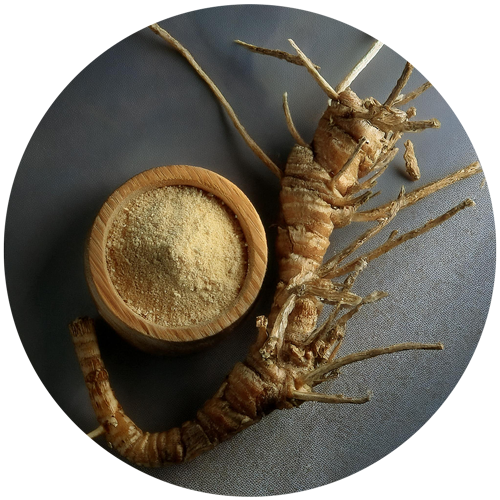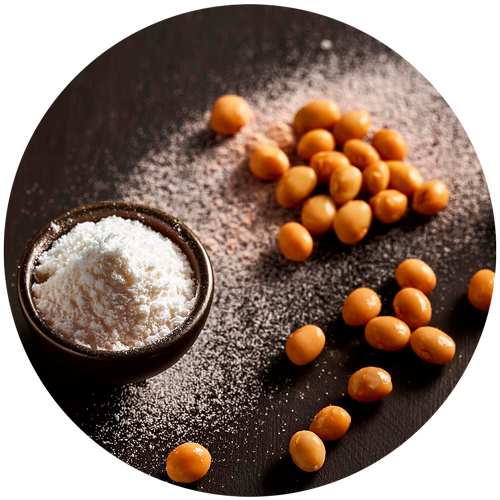

BLACKCURRANT
 Slimming
Slimming  Renal function
Renal function  Circulation
Circulation  Joints
Joints Native to Europe and Asia, blackcurrant leaf has been used since the Middle Ages for its soothing properties on joints, kidney elimination and antioxidant properties. It is used to relieve joint pain and promote renal elimination. Read the detailed description
Our references
Regulations
and analysis
Identification : TLC
Data on traditional use
Cahier de l’agence du médicament (France):
-
Facilitates the body’s elimination functions (leaf)
-
Promotes renal elimination of water (leaf)
-
Facilitate weight loss as a complement to dietary measures (leaf)
-
Painful joint manifestations and the health of shearings (leaf)
-
Reduce feelings of heavy legs (fruit)
EMA monograph (sheets):
-
Relieves minor joint pain
-
Renal water elimination and urinary tract health
Plant bylaw file
Association ideas by health axis
Select one or more axes:

Detailed description
The blackcurrant leaf, Ribes nigrum, is distinguished by its green, webbed, slightly serrated leaves with five lobes. Native to Europe and Asia, blackcurrants have been cultivated in France since the Middle Ages. Traditionally used in herbal medicine, blackcurrant leaf is recognized for its antioxidant properties and its effects on renal water elimination. The leaves are often used in infusions to relieve joint pain. They contain flavonoids such as proanthocyanidins. They also contain tannins. These elements help strengthen the immune system. Finally, they are said to have vasodilating properties, helping to protect vessels and promote healthy blood circulation. It is said that Louis XIV regularly consumed infusions of blackcurrant leaves.








